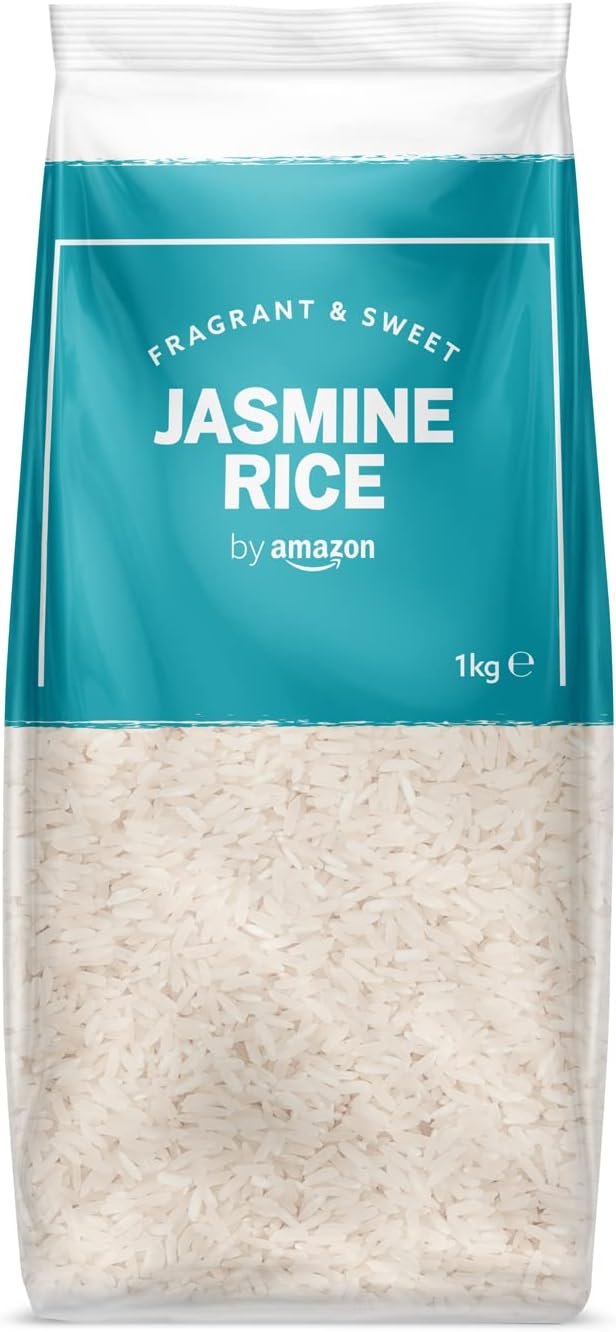Description
Jasmine rice is a long-grain, fragrant rice primarily grown in Thailand, Cambodia, Laos, and southern Vietnam. It is popular for its slightly sticky texture and floral aroma when cooked, which makes it a preferred choice for many Asian dishes.
Key Features:
- Aroma and Flavor: Jasmine rice is known for its light floral scent and slightly sweet, nutty flavor. Its aroma is often compared to pandan or popcorn.
- Texture: When cooked, jasmine rice is soft, moist, and slightly sticky, though less sticky than shorter-grain rice varieties like sushi rice.
- Appearance: The grains of jasmine rice are long and slender, with a smooth, glossy surface.
Nutritional Benefits:
- Energy Source: Jasmine rice provides carbohydrates, which serve as a primary energy source for the body.
- Gluten-Free: Like most rice varieties, jasmine rice is naturally gluten-free, making it suitable for individuals with gluten sensitivities or celiac disease.
- Low in Fat: Jasmine rice is naturally low in fat and cholesterol-free, making it a healthy side option.
- White vs. Brown Jasmine Rice:
- White Jasmine Rice: The bran and germ are removed, resulting in a softer, more refined texture. It is lower in fiber but cooks faster.
- Brown Jasmine Rice: Retains the bran and germ, making it higher in fiber and more nutrient-dense. It has a chewier texture and takes longer to cook.






